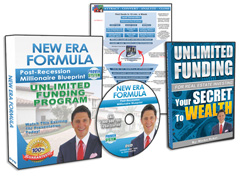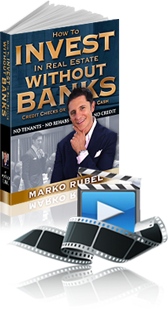
 Real Estate investors use a number of metrics to determine potential profits from property purchases. For example, the location of a property and the prospects for growth in certain neighborhoods will be closely considered by investors. Another crucial piece of information is the capitalization rate, often called the cap rate.
Real Estate investors use a number of metrics to determine potential profits from property purchases. For example, the location of a property and the prospects for growth in certain neighborhoods will be closely considered by investors. Another crucial piece of information is the capitalization rate, often called the cap rate.
What is the Cap Rate?
Expressed as a percentage, the cap rate is the ratio between the net income of the property and its purchase price. Put simply, the higher the cap rate, the better the investment. This financial term is prominent in real estate investment because it offers a quick way to compare the value of different property investments such as houses, apartments and office buildings.
Calculating Cap Rates
Cap rates are calculated by dividing the Net Operating Income (NOI) of the property with the property’s purchase price. Investors must first count the yearly gross income of their property, including miscellaneous income accumulated from the property. The property’s operating expenses are then deducted from the gross income, generating the NOI. The NOI and the property’s purchase price are then divided to identify the cap rate.
Cap Rate Example
Let’s say an investor purchases a small office building that they rent out for $3000 per month. In addition to the monthly rent, the investor also accrues $250 a month from a vending machine located on the property. The investor’s gross monthly income is thus $3250, which over the course over 12 months represents $39000 per year in gross income.
Next, the owner must subtract their operating expenses such as maintenance, property management, insurance and tax to calculate the NOI. For this office building, these expenses add up to $12,000 annually, which when subtracted from the gross annual income produces an NOI of $27,000.
Last, the owner must divide the NOI by the property’s purchase price, which in this instance was $400,000. So, the calculation would be:
$27,000 (net income) / $400,000 (purchase price) = 0.0725 (7.25%)
In this case, the cap rate is 7.25 percent. In other words, 7.25 percent of the total cost of the property value is paid for via that year’s NOI.
Cap Rate Summary
The cap rate is a vital piece of information that highlights the type of return on investment available on a property purchase. When considering investment properties, make sure to calculate and compare their cap rate. The property with the largest cap rate should be among your preferred options.
Request FREE Funding Kit and Discover How To Legally Bypass Banks And Gain Direct Access To "No-Credit-Required" Funding You Can Use To Achieve Your Financial Freedom... Start Now!












